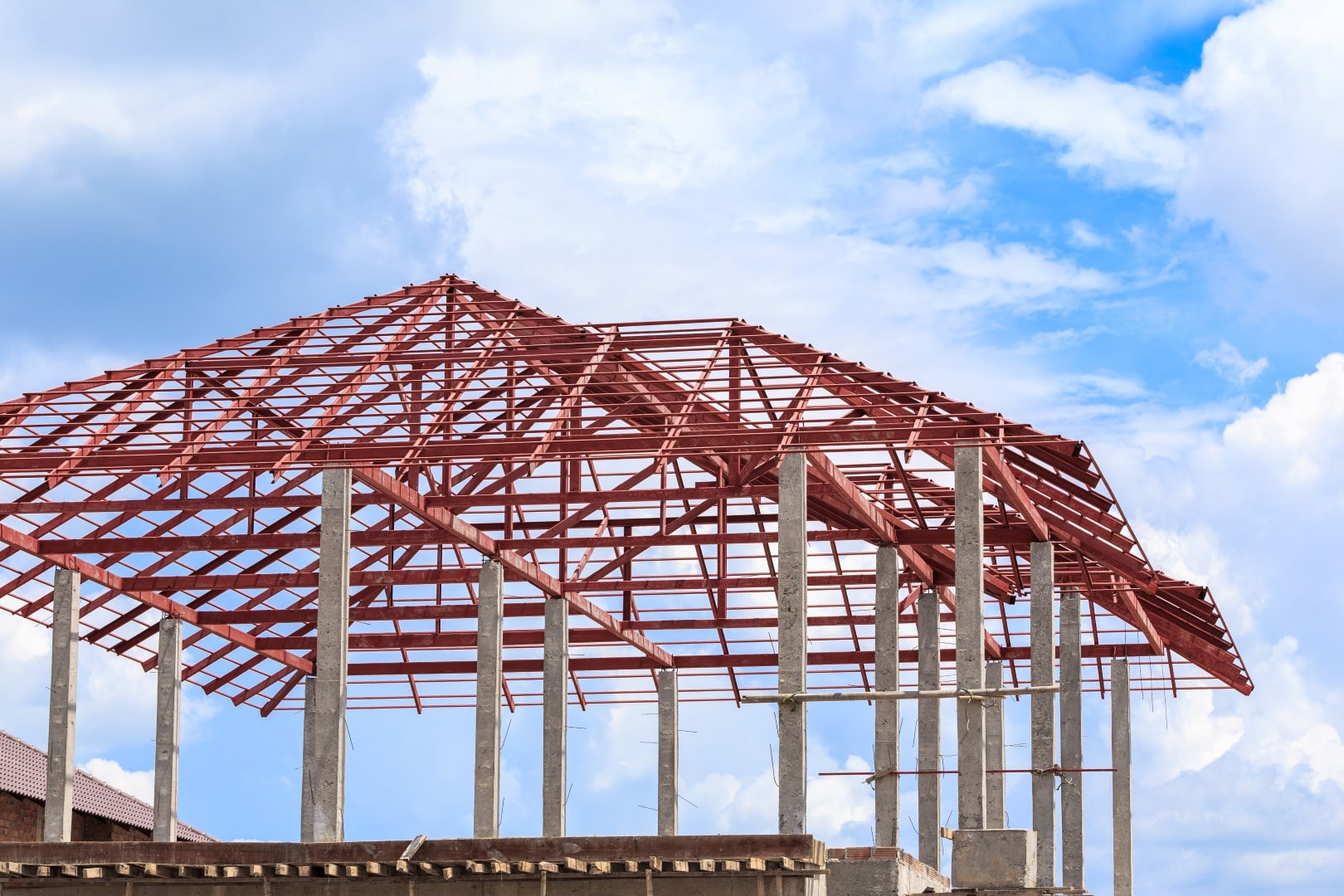Every construction project requires the work of an architect or civil engineer and a steel detailer to make all the necessary calculations and drawings to produce a comprehensive design. These professionals are integral to the completion of a safe, sturdy structure, but some people are confused as to what the difference is between the roles. In a nutshell, the architect works with the client to design a project from start to finish, while the steel detailer uses the architect’s drawings to design appropriate steel structures that will form a structure’s skeleton, and inform the steel fabricator of what is required. But there is more to it than this.
The architect’s role
An architect is a building designer. Architects design every part of the structure and employ engineers as required to design specific systems for it. The architect is hired by the individual or group who wants to do the project (the Owner), and the architect hires the additional consultants to be paid from the architect’s fee.
The architect takes responsibility for the building’s design in toto, and the consultants are responsible for designing their own specific system within the building. The common responsibilities of consultants the architect will hire are the Structural Engineer, Electrical Engineer, and Mechanical Engineer. These engineers employ sub-consultants, like a Lighting consultant to assist the Electrical Engineer on particularly complex systems.
An integral component
Steel detailing is part of the responsibility of the Structural Design consultant. The steel detailer is responsible for the detailing of structural design when the structure is steel. The role of the steel detailer doesn’t cover structural systems consisting of wood, concrete, masonry, etc. but a Structural Engineer may assign other duties to the steel detailer where the steel system has to interact with other materials. In a large-scale project, the person responsible for steel detailing is likely to wear many hats throughout the design process.
Ultimately, the difference between an architect and a steel detailer is that they don’t carry the same weight of responsibility. The architect will always be a registered architect, but the steel detailer may not be a registered civil engineer.
A matter of responsibility
Registered engineers and architects have a higher level of responsibility (and culpability) than anyone else in construction; they are both financially and professionally liable for every structure they design. A project will have an architect who is responsible for the building as a whole, a structural engineer who is responsible for the structural side, and other engineers who take responsibility for specific elements of the building. It is the difference in the scope of responsibility and culpability that is the biggest difference between an architect and a steel detailer. They are both complex professions, requiring high levels of skill to carry out, but they are far from the same.
On large-scale projects, it is common for different firms to take different parts of a job. Different firms may have different responsibilities in projects that involve multiple buildings, so collaboration is key. There are even projects that involve buildings where the ownership includes a number of different entities, but are all part of a single development project. In these cases, consistent design standards and motifs must be adhered to in order to maintain developmental coherence.
Your solution
At Restoric Design, we can cover the steel detailing of a project. Our portfolio includes steel detailing for a number of structures in all shapes and sizes, and we deliver consistent results to the highest standards in a timely manner. We understand the role of the steel detailer in the context of a large project and will help ensure you stay on schedule and on budget every single time.



